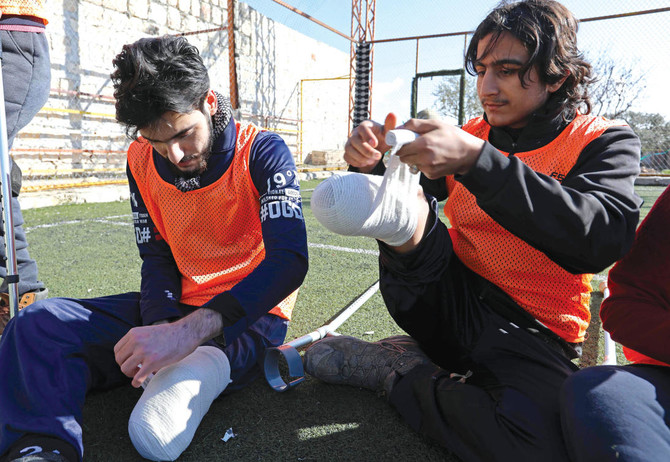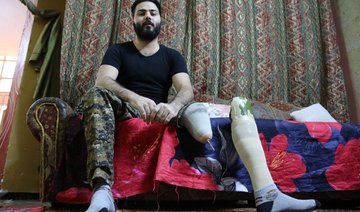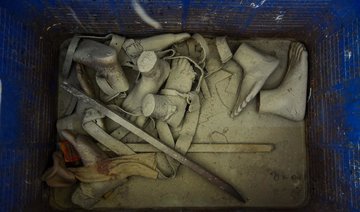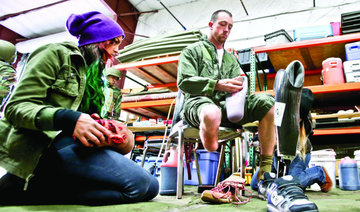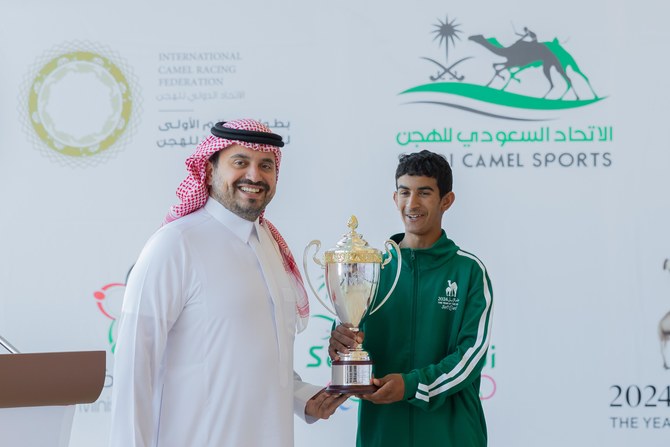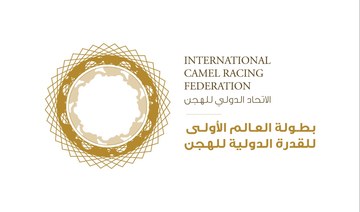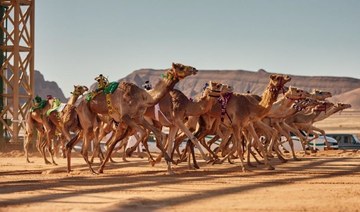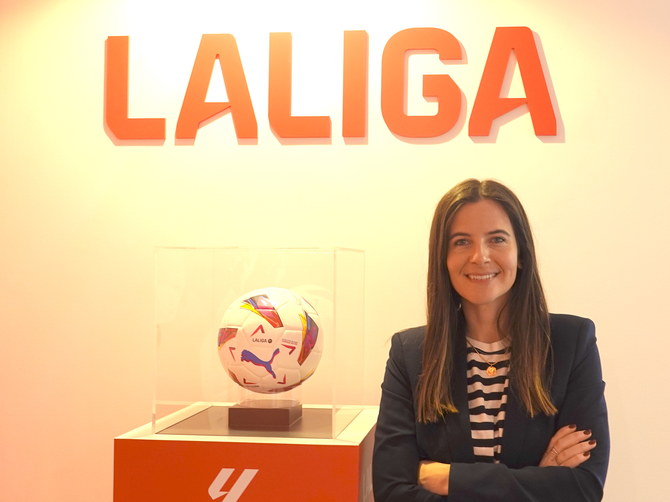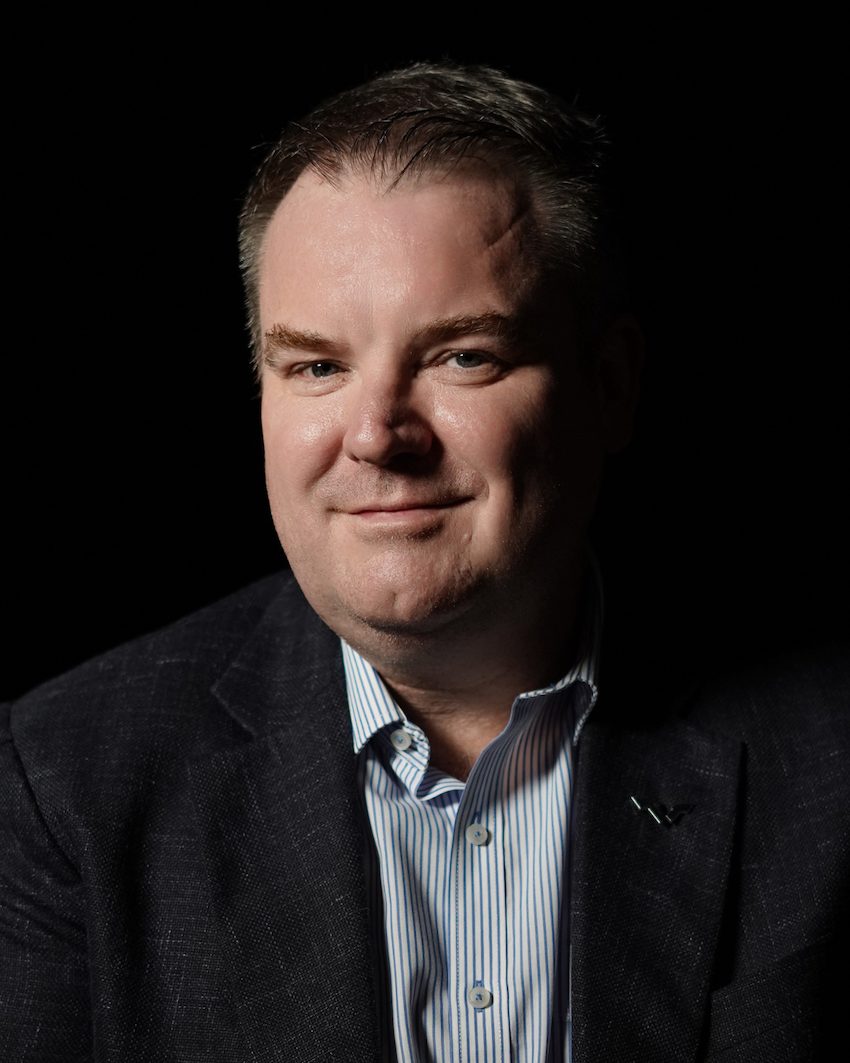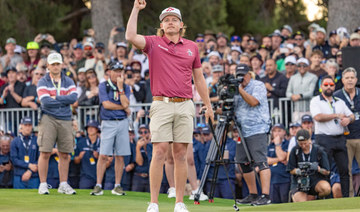IDLIB, Syria: At the referee’s whistle, the young forward leans on his crutches and punts the football with his only leg, kicking off a match between war amputees in Syria’s battered northwest.
What follows is a different take on the beautiful game: Men of all ages, some using crutches, deftly pass the ball back and forth as they sail across the field.
The ball reaches the attacker, who steadies himself on his crutches and uses his sole leg to send it flying toward the goal.
The keeper, who is missing his right arm, dives to his knees to make a save, but the ball bounces past him into the net amid cheers and whistles.
For the past month, a physiotherapy center in Syria’s northwest Idlib province has been training 19 war-wounded men and boys to establish a football team.
Idlib is the last province in Syria still outside government control and has faced a weeks-long regime assault backed by Russia.
Some players are civilians, others are fighters — but they have been brought together by their impairments and their shared love for football.
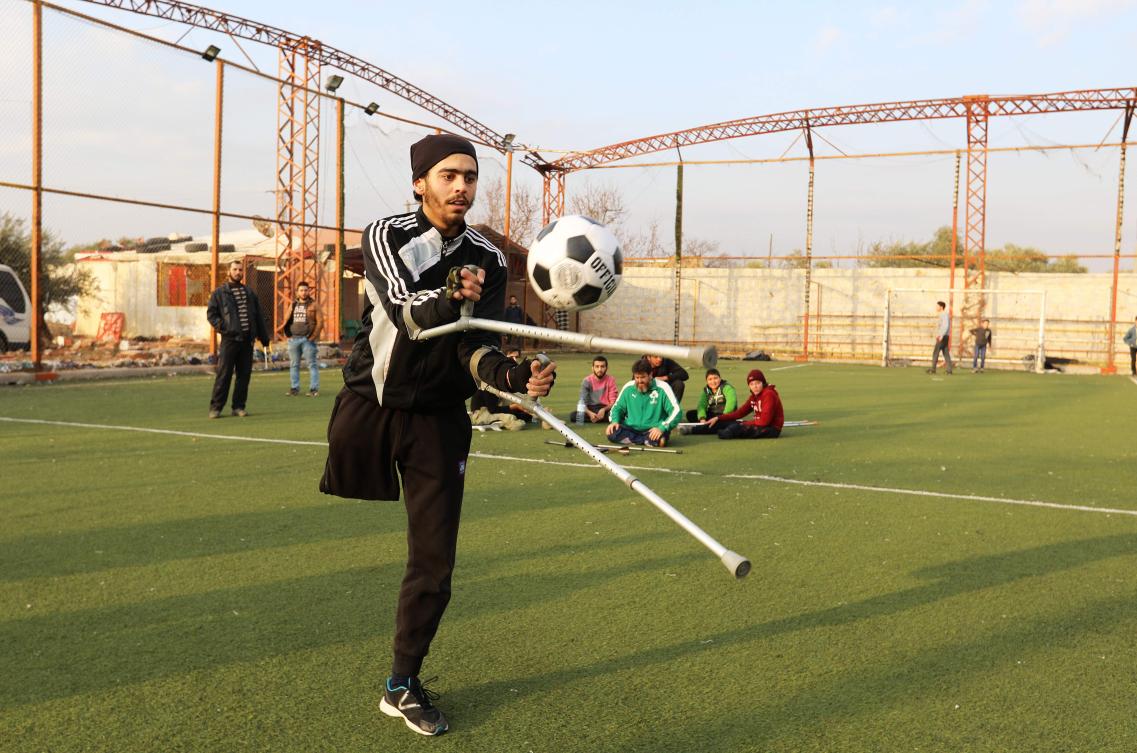
“Sometimes, the ball crosses right in front of me and I want to shoot it with my left leg, then I feel sorry for myself because my leg’s amputated,” said Salah Abu Ali, sitting on the sun-soaked edge of the football pitch.
“Some things are still hard, like running or being fast.”
The 23-year-old player was wounded nearly a year ago in a bombardment on his native Raqqa, a northern Syrian city recaptured.
He woke up in the hospital to find his leg had been amputated and decided to seek safety to the west in rebel-held territory.
“When I first arrived in Idlib, I didn’t know anyone. I just thought of the past. I didn’t want to work, go out. I didn’t like to see people or let them see me,” said Abu Ali.
But when he found the football team, he said, it was like getting “a new life.”
“I lost a limb but life goes on -— I want to live my life as positively as possible. I want to play football, swim, come and go.”
Founded just over a year ago, the rehabilitation center that runs the football sessions is housed in Idlib’s Specialist Hospital.
It has treated some 900 war-wounded, including men and women of all ages with injuries ranging from simple fractures to amputations, said physiotherapist Mohammad Marea.
“We had a psychological objective in training these guys but also wanted to target their morale,” Marea told AFP.
“Thank God, they responded quickly and happily, accepting the idea wholeheartedly,” said Marea.
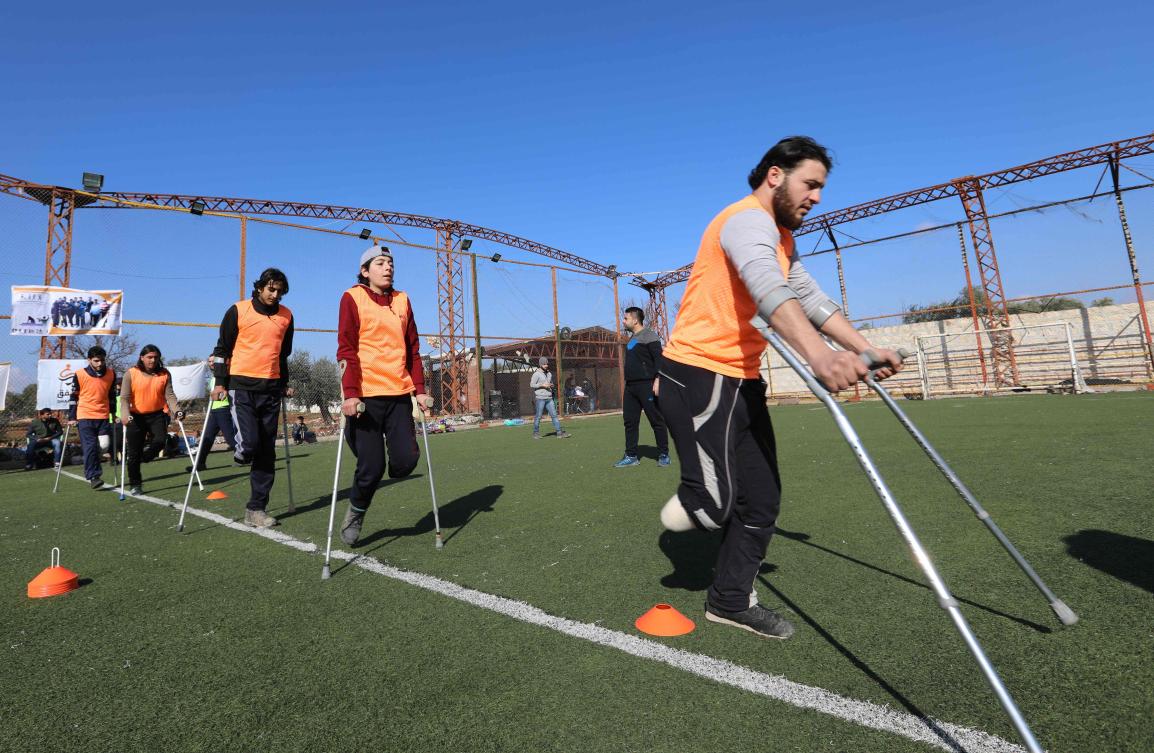
Next the center plans on setting up bodybuilding and swimming classes. Footballers train two or three times a week, for sessions of up to two hours.
Those that have prosthetic legs prop them up against the metal fence — they move faster without them — and wrap amputated limbs in protective gauze.
At a recent friendly match, opposing players wearing mint-green and red jerseys grappled over the ball on a pitch set up by charity association Shafak.
“Ole, ole, ole!” team members cheered, their arms around each other’s shoulders and hopping on one leg.
Added to the usual cacophony of cheers and referee whistles was the clinking of crutches as players darted across the field.
At home after his match, Abdulqader Al-Youssef drapes his medal around his toddler son’s head.
“Look at what Daddy won today!” said the beaming 24-year-old, a lifetime football lover who played on his local team.

Youssef hails from Homs, a central Syrian city known as “the capital of the revolution” that erupted across the country in 2011.
He joined the uprising as a rebel fighter and even played football on breaks from the front, but he lost his right leg in clashes against government troops in 2015.
“Being wounded was a huge shock to me. There were so many things I could do before my injury that I couldn’t do afterwards,” said Youssef, his dark curly hair pulled back by a black headband.
Carrying groceries seemed an impossible task, until he joined the physiotherapy football team.
“Since beginning training, I can do things I couldn’t do before. I used to say it was too hard, but now I can lift a gas canister and other things,” he said proudly.
“Life doesn’t stop at an injury. Don’t lose hope or get sad at losing a limb,” he added.
“As our trainers told us today, there’s no handicap of the body — just of the mind.”
Still, war is never far away. Last month, one trainee player was killed in a bomb blast in Idlib city.


